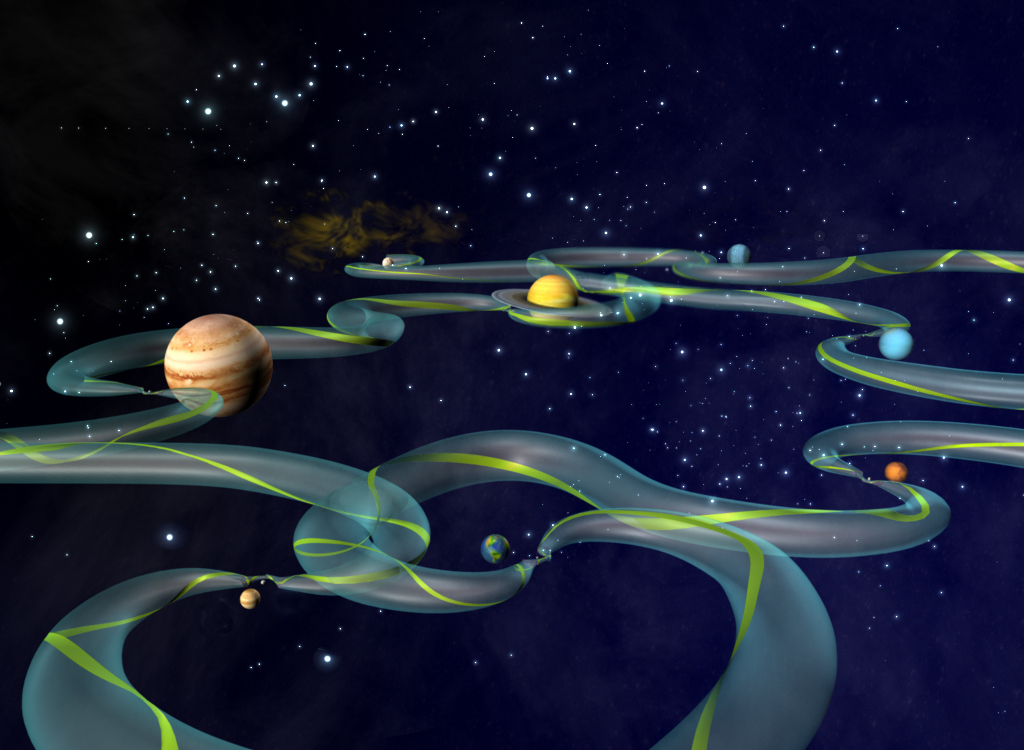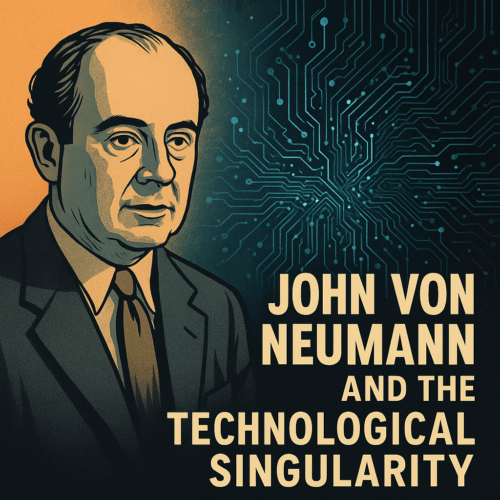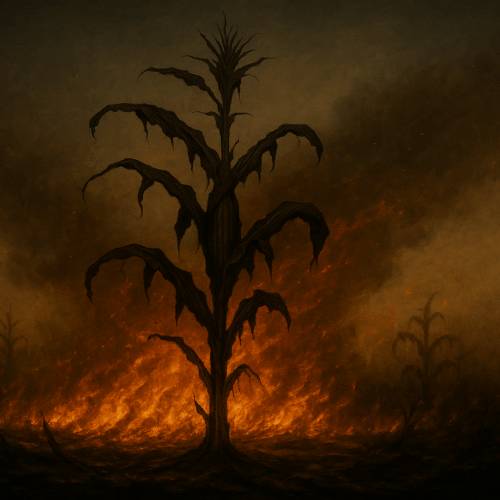The Singularity is Near! What’s Next?
Nikki Olson / Op Ed
Posted on: April 13, 2011 / Last Modified: April 13, 2011

Those who look ahead three or four decades and see a technological singularity taking place confront a future in which time appears to stand still. However, few look beyond 2045 because it is near-impossible to foresee what happens post-Singularity. So although we may be certain that the Singularity is Near, we are uncertain about what’s next.
This reality differentiates Singularitarians from every other major worldview to shape human history: other groups, in looking out into the future, have always had some kind of ‘destination’, or ‘endpoint’ in mind.
Religious groups originating in the West have tended to envision ‘heaven’, or ‘hell’, as endpoints, while those in the East anticipate ‘rebirth’, and eventual nirvana. Some mythologies envision an ‘underworld’, while those not believing in an afterlife do their best to imagine death as their ultimate destination. Even those drinking Kool-Aid in hope of catching the next spaceship passing by have had a destination in mind.
After the Singularity, it is fairly certain that we will leave earth, colonize space, and keep expanding outward. Transhumanists prefer to think of humanity as a process, a species without an endpoint, emphasizing the constant change that will take place as we continue to improve ourselves with technology and transcend our limitations.
But where are we transcending to? And when we reach a point where technology will allow us to do almost anything, how do we figure out what’s worth doing? From where do we get direction?
I propose that three potential sources will impact our direction.
A first source of direction comes from the particulars of human history. In an interview on Singularity 1 on 1, Stephen Wolfram emphasizes the importance of thinking about human purpose when trying to predict the future, and that our sense of purpose, in many ways, comes from our past. He points out that “the things we think are worth doing now arose from the history of our civilization”, and that different prongs of civilization have produced different value systems. We don’t need to ‘invent’ what we find valuable in the present; to a large extent, we inherit those values from our individual and collective past.
If Wolfram is correct that our sense of purpose is largely based on history, then what we think is worth doing now will shape the direction we take post-Singularity.
Second, I propose that a great deal of direction will come from what we have to do in order to survive. From the time we were single-celled organisms, the push to survive has largely determined the direction of individual and collective lives. The will to survive will shape our future too, since in the post-Singularity era there will be new threats to our existence, and our reactions to those threats will determine the paths we end up taking.
Third, we will get direction from incidental attributes of the physical world, in particular from what we find beyond our immediate surroundings, once we expand out into the galaxy.
The Interplanetary Transport Network (ITN) provides an example of how incidental attributes of the physical world can provide direction in future situations, where there would otherwise be an infinite number of options to choose from. The ITN is ‘a collection of gravitationally determined pathways through the solar system that require very little energy for an object to follow’. In travelling the solar system, the ITN marks the path of least resistance, and so in a strictly physical sense, ‘guides the way’. Just as winding rivers directed the paths of our ancestors, influencing where they ended up, and what they came into contact with, physical realities in outer space, such as the ITN, will play a role in where we go in the future, and how we get there.

We have a difficult time imagining what our sense of direction and purpose will be post-Singularity, since it’s difficult to imagine what the world will look like when we have augmented intelligence, and have removed the many limitations that enforce structure upon our lives now. We don’t have a destination in mind, but we will be far from directionless and aimless post-Singularity, despite there being many more options to choose from.
About the Author:
 Nikki Olson is a writer/researcher working on an upcoming book about the Singularity with Dr. Kim Solez, as well as relevant educational material for the Lifeboat Foundation. She has a background in philosophy and sociology, and has been involved extensively in Singularity research for 3 years. You can reach Nikki via email at [email protected].
Nikki Olson is a writer/researcher working on an upcoming book about the Singularity with Dr. Kim Solez, as well as relevant educational material for the Lifeboat Foundation. She has a background in philosophy and sociology, and has been involved extensively in Singularity research for 3 years. You can reach Nikki via email at [email protected].








